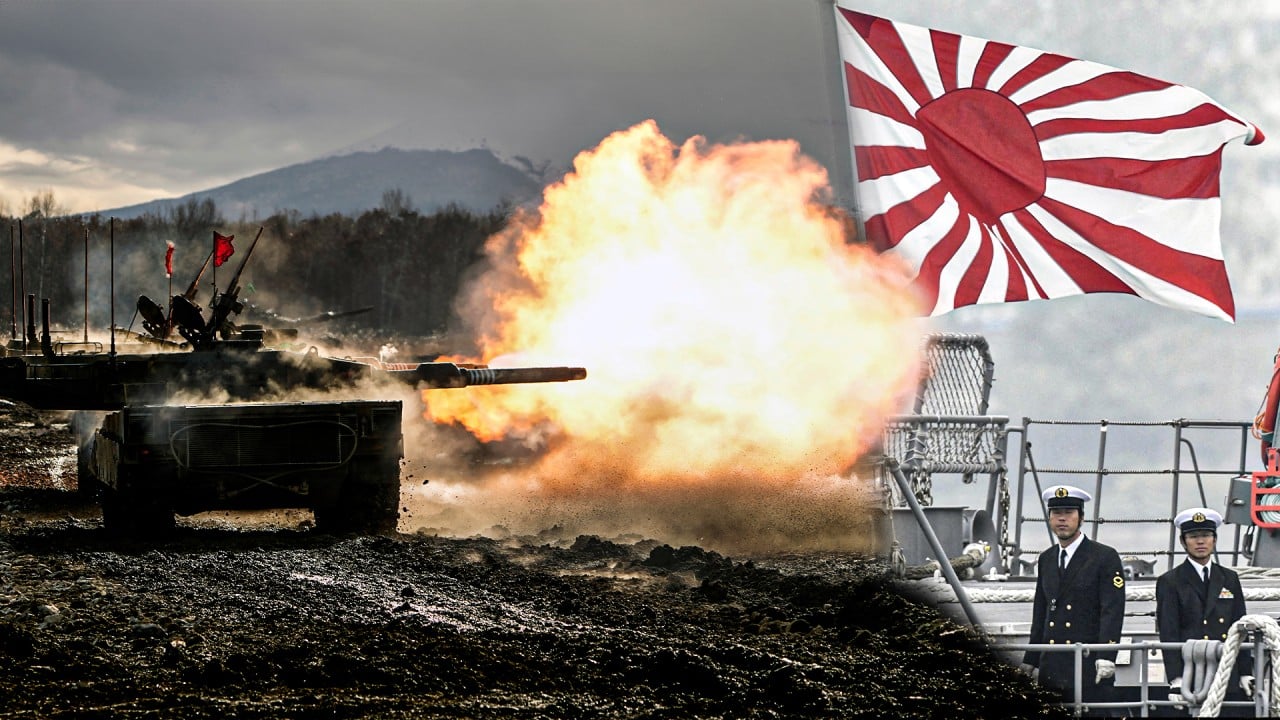Equally troubling for Japan are questions surrounding the reliability of future US administrations to come to the aid of Washington’s allies.
“Japan has to do more for itself,” said Kazuto Suzuki, a professor of science and technology policy at Tokyo University.
“We are aware that the US is our most important ally, but equally that if we do not do enough to protect ourselves then a future US administration might not help us,” he told This Week in Asia. “There has been a shift in our understanding that we cannot depend on the US forever.”

Designed to combine high speed, greater range, and radar-evading stealth technology, the NGAD fighter is estimated to cost several hundred million dollars per unit – a figure deemed too high by an Air Force already facing budgetary pressures over new stealth bombers, additional F-35 fighters, and next-generation nuclear ballistic missiles, according to an opinion piece published by the War on the Rocks website.
One potential solution, analysts say, would be for the US Air Force to instead purchase the latest version of the venerable F-15 Eagle, which first flew in 1972 and continues to conduct patrols over the Western Pacific from US airbases in Okinawa. Such a move could help alleviate the NGAD’s cost concerns, though it would represent a step back in terms of technological advancement.
While the latest F-15EX would be more affordable than the NGAD at US$100 million per aircraft, the key drawback is that it would also lack the stealth capabilities of its more advanced counterpart.
Garren Mulloy, a professor of international relations at Daito Bunka University and a specialist in military issues, said stretched funding was a “big issue for the US”.
“Who can afford sixth-generation manned flight? The US Air Force has issues with the F-15, F-16 and the B-52, as well as B-1 and B-2 replacements. They are all converging and the US has not quite got its head around all of these yet,” Mulloy said.
He explained that the US Air Force is essentially “eking out” new versions of the F-15 and F-16 while extending the life of the ageing B-52 and nearly retiring the B-1 and B-2 “to save airframes and capability”. “It’s like patching new clothes; it’s fine for now but there is a very limited shelf life,” he added.
We need to turn to technology because Japan has a manpower shortage
Japan’s new research centre is expected to collaborate with similar facilities in allied nations, including the US, in an effort to help spread the financial burden of developing advanced military systems.
One area of particular interest, according to the Japanese defence ministry, is the application of AI in a range of military applications, including target detection and identification, information gathering and analysis, command and control, logistics support, drone operations, and cybersecurity.
“We need to turn to technology because Japan has a manpower shortage,” Suzuki said.
“We are already facing a tough time recruiting enough personnel for the military and that is likely to get worse in the future so we need to shift our understanding of how to operate troops and equipment, most particularly the maritime domain.”


